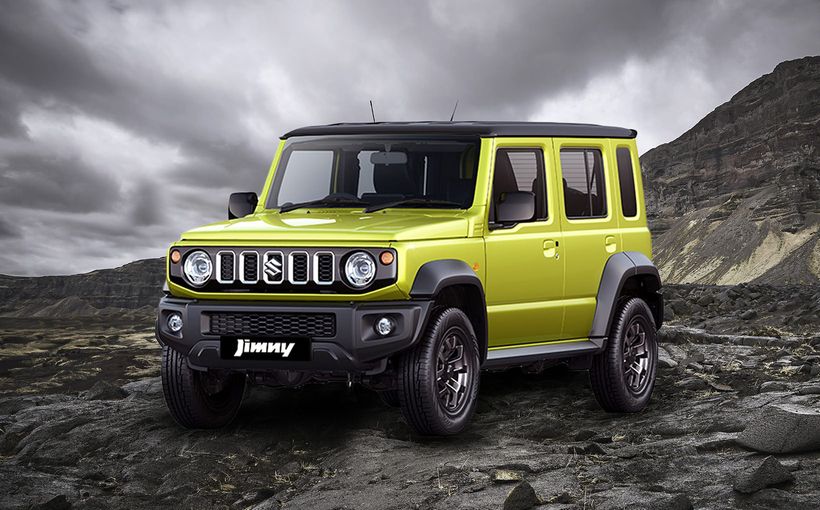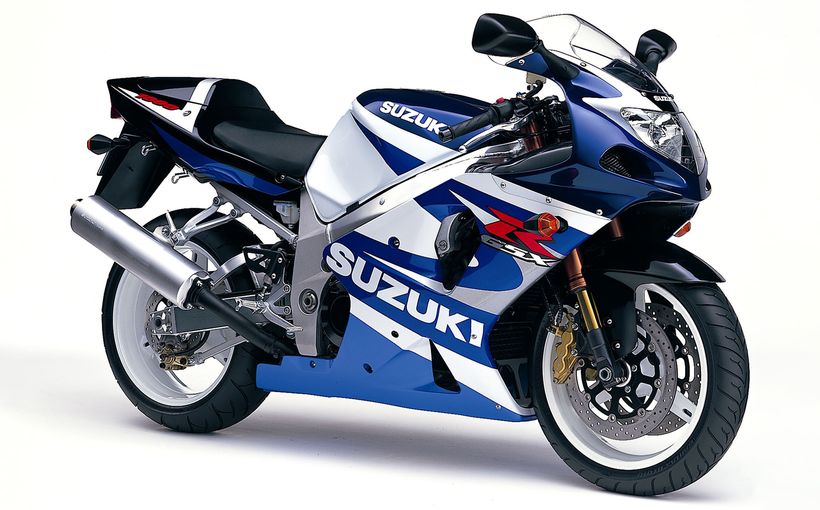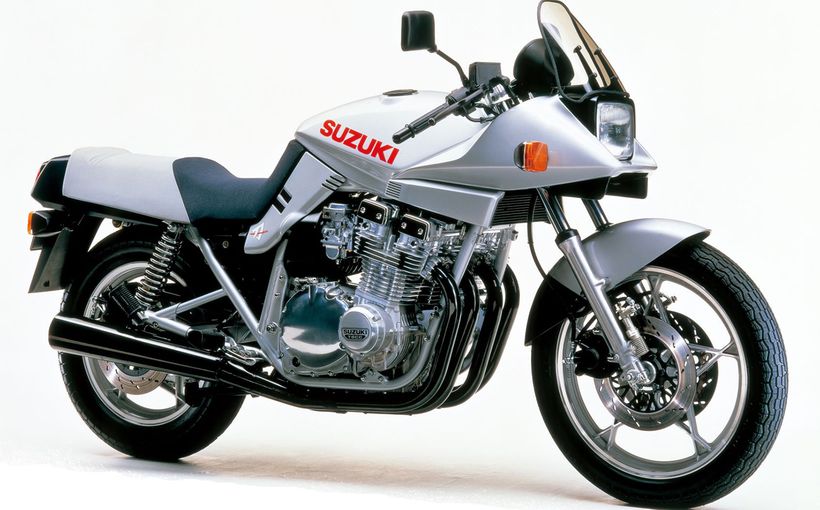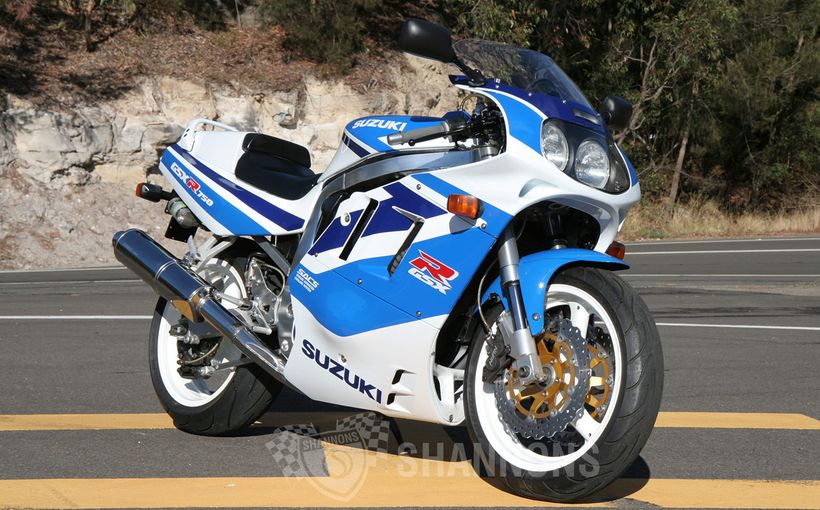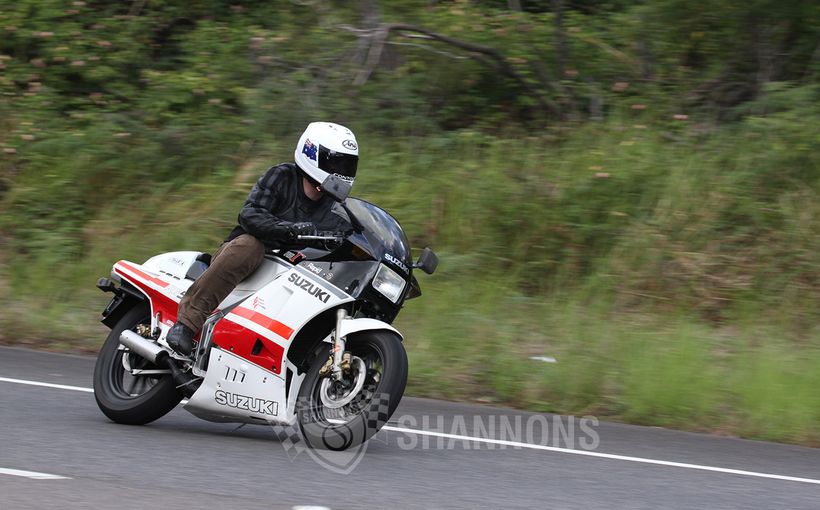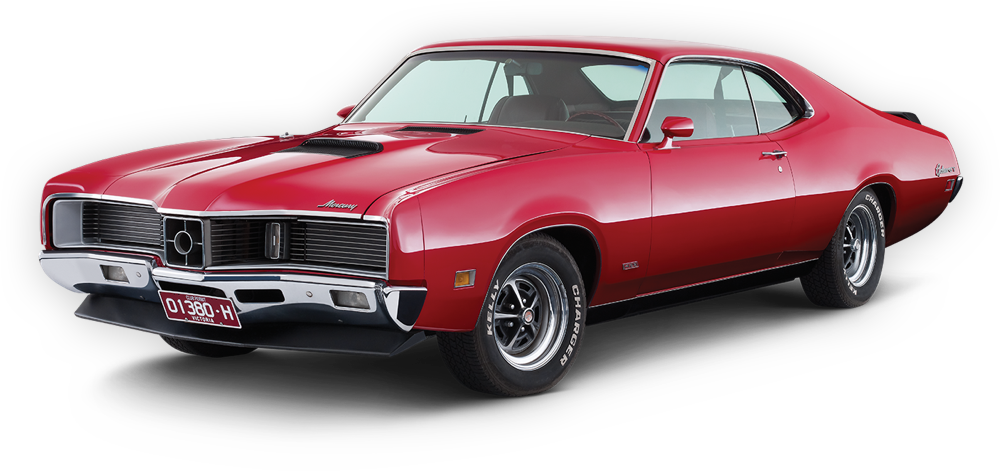
Words: Jeff Ware Photography: Richard Collins
Memories of riding my RGV are still fresh and as I fire the red and white screamer up the past years vanish. This could easily be 1994, when I first jumped on my M model RGV to ride home.

Or 1993, when I was a first-year apprentice and the bike shop I worked in (Willing MC) had a second-hand red L model RGV in the showroom that I used to lust over every morning tea break. It’s a real thrill for me. Hell, in 1989 I remember having an RGV Pepsi brochure as the cover of my school folder…


The familiar rasp of the RGV pipes overlayed by that unmistakeable ‘blender full of nuts and bolts’ sound an RGV engine makes at idle turns to a crisp deep braaaaap as I open up the 34mm Mikuni slides and launch off towards the esses. I instantly feel at home on the RGV, but I was 65kg last time I rode one – far from the 95kg old man I am now – so I don’t quite feels as compact.

At 128kg dry, the RGV is incredible light, nimble and gives a true sportsbike experience – in fact, after a lap I’m already satisfied that it’s the best bike I’ve ridden around The Farm after the TZ250 5KE I rode here once.

Keeping the sweet 90º twin between 8000 and 11000rpm is a buzz and really, the bike screams. I forgot just how fast these things were and I’m also impressed with the pull from mid-range that the single stage powervale L model has off the slower turns. The brakes are stunning, and the chassis is a dream. Even the old shock is coping well.




Pushing the RGV hard comes naturally to me. I’m scraping my entire leg – toes, ankle, calf, shin, knee through the turns as I lean the bike over to impossible angles, carrying great corner speed as the bike gently two-wheel drifts about a foot to the outside between the apex and the exit of each turn.


It’s a graceful ‘crab’ walk I remember from my proddie days – the absolute limit of an RGV. It felt good to get there and feel so in control and comfortable even at my age. Just shows how good these little bikes are…

SPECIFICATIONS 1990 Suzuki RGV250
Claimed power: 43.3kW[58hp]@11000rpm
Claimed torque: 37Nm@10800rpm
Dry weight: 128kg
Fuel capacity: 17L
Engine: Liquid-cooled 90° V-twin two-stroke
Bore and stroke: 56 x 50.6mm
Displacement: 249cc
Compression ratio: 7.5:1
Fuel delivery: Mikuni VM34SS carbs
Ignition: Suzuki Pointless Electric Ignition
Exhaust: Dual mufflers
Ratios: 2.454, 1.625, 1.235, 1.045, 0.916, 0.840
Final ratio: 3.066 (46/15)
Clutch: Wet multi-plate
Final drive: Chain
Frame type: Deltabox frame
Swingarm: Box-section alloy
Wheelbase: 1375mm
Rake: 25.75°
Trail: 98mm
Front suspension: Telescopic oil damped five-way adjustable forks, 120mm travel
Rear suspension: Full floating oil damped seven-way adjustable shock with Albach spring, 140mm travel
Front brake: Dual 300mm rotors with four-piston calipers
Rear brake: Single 210mm rotor with two-piston caliper
Front wheel: Three-spoke alloy wheel, 110/70, 17in
Rear wheel: Three-spoke alloy wheel, 140/60, 18in
Front tyre: Bridgestone Battlax BT003F
Rear tyre: Bridgestone Battlax BT090R
Seat height: 755mm
Overall height: 1065mm
Overall length: 2015mm
Overall width: 695mm
Ground clearance: 120mm
Instruments: Analogue dash
RGV TIMELINE
1983 – 1987 RG250 Gamma. An alloy framed parallel twin-cylinder water-cooled two-stroke that out-performed the RZ250 in almost everyway but was never as popular. 1983 model had only a bikini fairing. By 1987 the RG250 was fully faired.
1988 – RGV250J – the RGV hit the world by storm as Suzuki pushed the bike into many markets where the NSR was not available, instantly taking the 250cc two-stroke race replica market by storm. The bike was a no compromise production racer with lights. A 90º V-twin engine making 67hp@8500rpm, 128kg dry, 32mm Mikuni carburettors, single stage powervalves, 300mm twin rotors and Showa suspension went with the stunning GP styling.

1990 – RGV250L – the L model had new fully adjustable rear suspension, 34mm carburettors and new colours.
1991 – RGV250M – the M model was a major update, with a banana swingarm, new forks, new shock, two-stage powervalves, 17in wheels, revised exhaust pipes with dual exit on the R/H side for more ground clearance, weight was up 10kg to 139kg but the bike would become the most famous production racer in Australian history.
1993 – 1997 RGV250P – the P model had new colours and graphics, a 70º angle between cylinders, 15mm longer wheelbase, new braced swingarm, revised powervalves and second/fourth gear ratios.

Protect your motorbike. Call Shannons Insurance on 13 46 46 to get a quote today.



